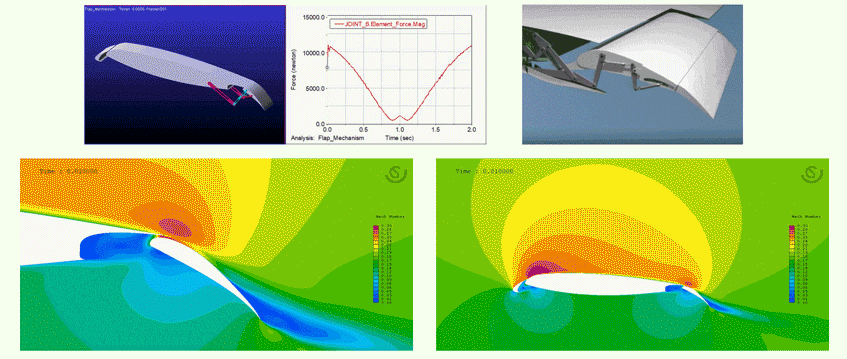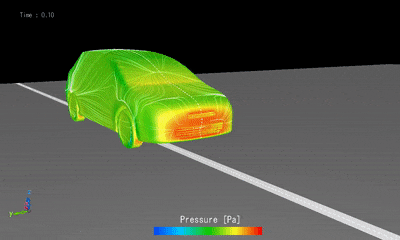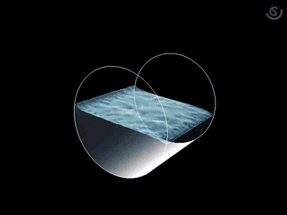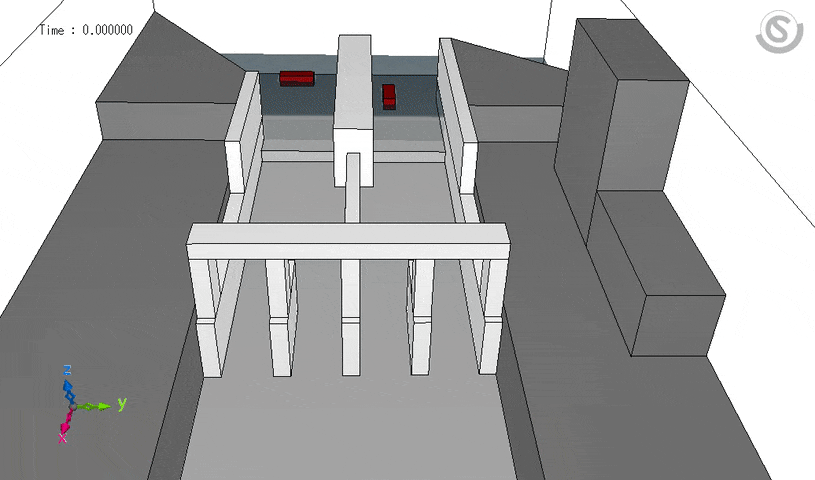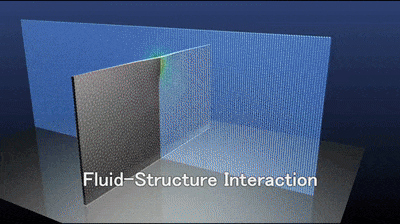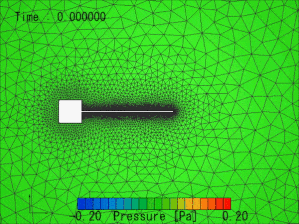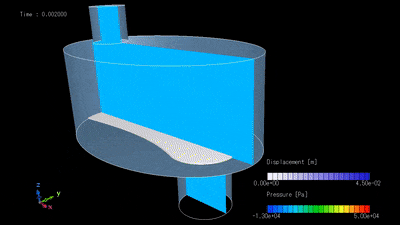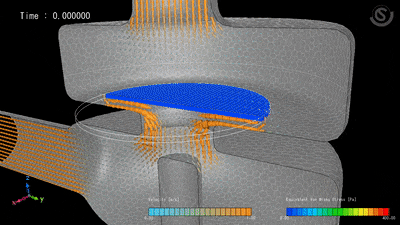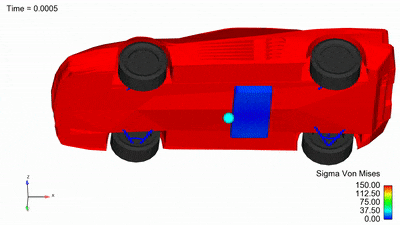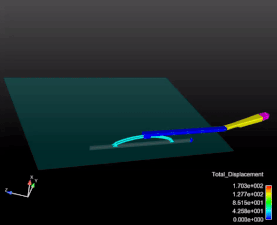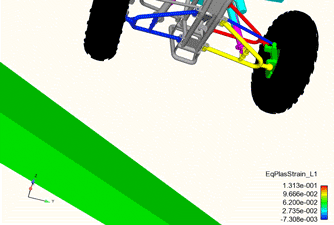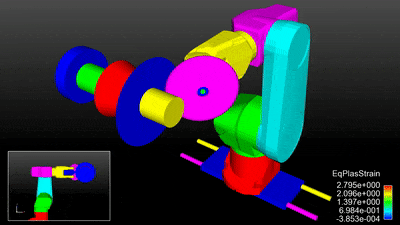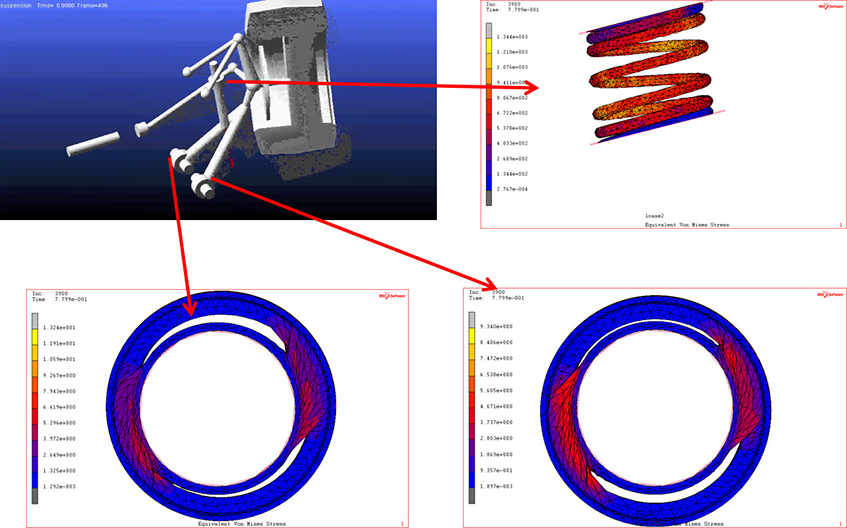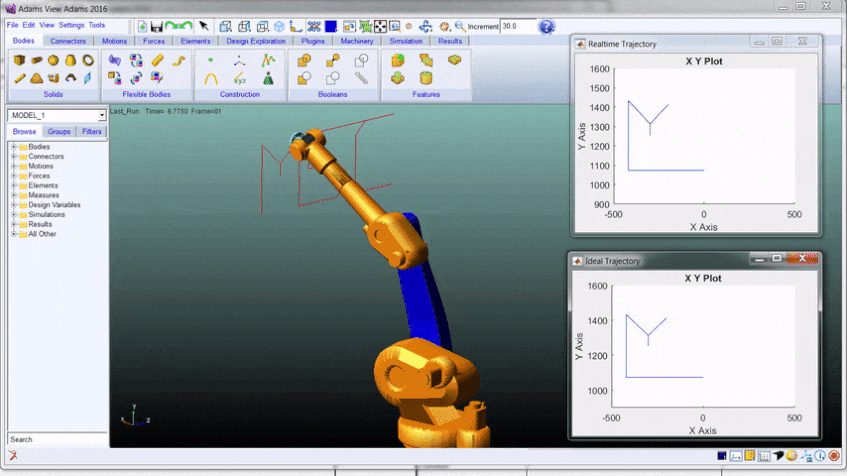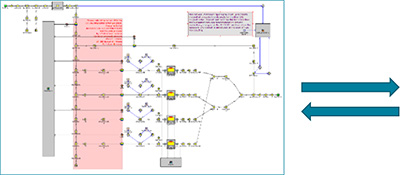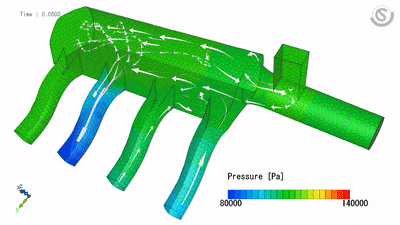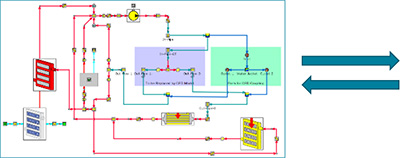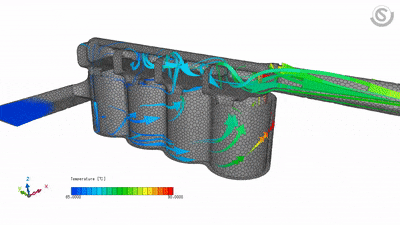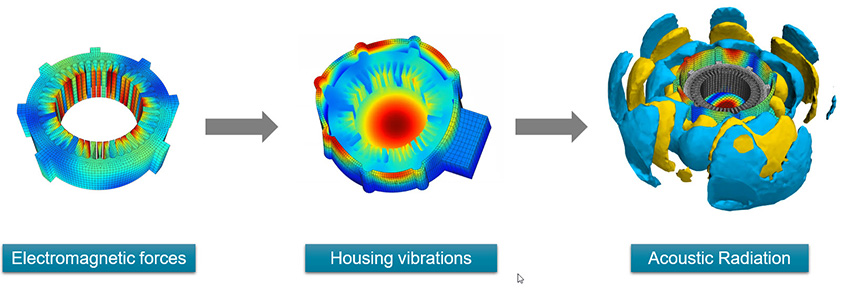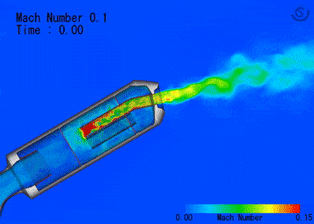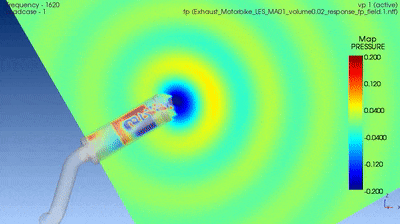MSC CoSim
Where multiphysics gets real

MSC CoSim
Overview
Co-simulation provides engineers with a unique, more complete & holistic performance insight by coupling together multiple simulation disciplines. Multibody dynamics (MBD), Computational Fluid Dynamics (CFD), and structural analysis (FEA) can be connected thanks to MSC CoSim. Depending on the type of analysis, engineers can use Hexagon’s solutions in two ways – Co-Simulation (applying multiple physics to the model simultaneously) or Chained Simulation (passing load case results from one analysis to the next).
Increased accuracy and precision
"The ability to quickly and easily look at alternatives with co-simulation at a time when we are not locked into any particular approach should make it possible to meet performance requirements with a lighter suspension that can improve the fuel economy of the vehicle." - Technical Expert at Endurance Attribute and Chassis CAE Department, Volvo
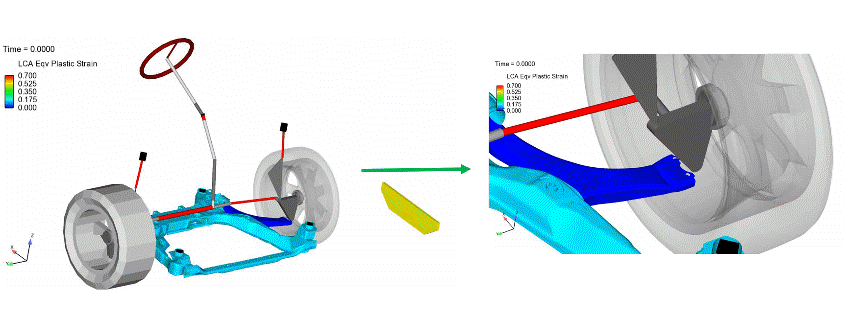
Faster analysis performance
"The Adams-Marc co-simulation capability more than satisfies our guideline of 'reasonable results in a reasonable time.' With up to a 90% reduction in computation time, optimization using advanced nonlinear FEA becomes practical. Such development provides a great benefit and is crucial for our product development and we are proud to work together with MSC in advancing the technology." - Chief Engineer, Litens Automotive Group


MSC Co-Simulation techniques
Depending on the type of analysis, engineers can use MSC solutions in two ways – Co-Simulation (applying multiple physics to the model simultaneously) or Chained Simulation (passing load case results from one analysis to the next).
1. MSC CoSim engine
The MSC CoSim engine has been developed to provide a co-simulation interface for the direct coupling of different solvers/disciplines with a multiphysics framework. MSC CoSim enables engineers to set up co-simulation models between Adams, Marc, MSC Nastran, scFLOW and scSTREAM.
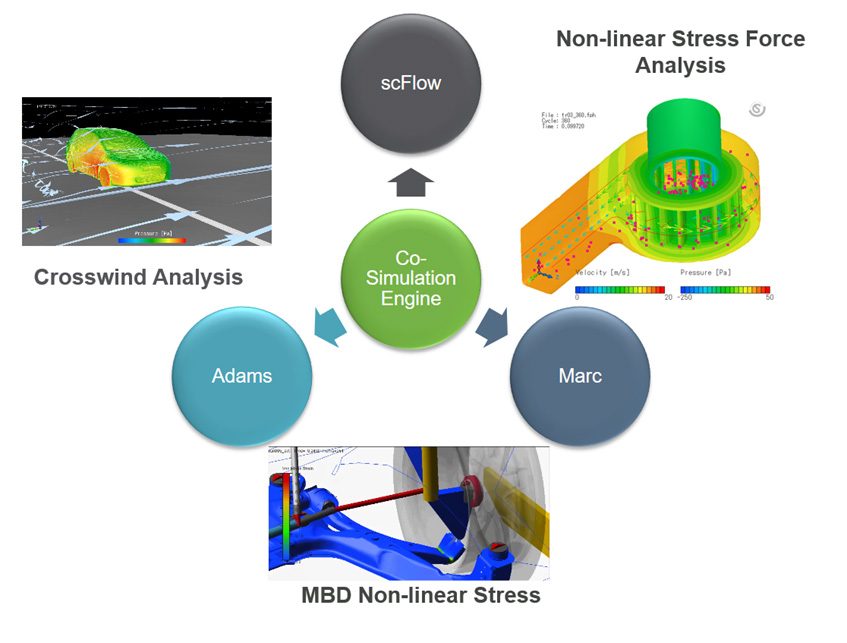
2. Other open co-simulation solutions
Besides the CoSim engine, Hexagon also supports a list of other co-simulation methodologies, including the Functional Mock-up Interface (FMI), Adams Marc Co-Simulation Interface (ACSI) and so on.

3. Chained simulation
Chained simulation allows CAE engineers from different departments to integrate multiple disciplines sequentially and improve the overall simulation accuracy. For example, passing the road loads data from an Adams Full Vehicle model to the downstream MSC Nastran model for the stress and durability analyses.

MSC Co-Simulation applications:
-
Fluids + Multibody Dynamics
-
Fluids + Structures
-
Multibody Dynamics + Structures
-
Multibody Dynamics + Controls
-
Multibody Dynamics + 3D Environment
-
Fluids + 1D Simulation
-
Multibody Dynamics + Structures + Acoustics
-
Electromagnetics + Structures + Acoustics
-
Fluids + Acoustics (Aero-acoustics)
